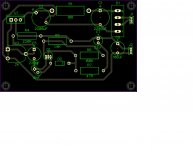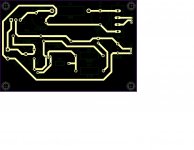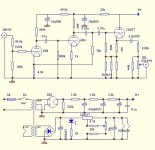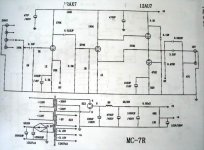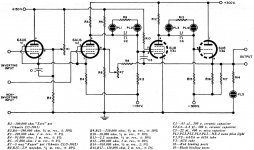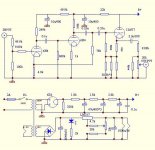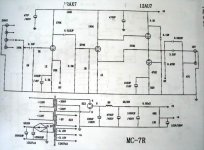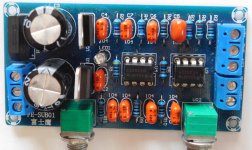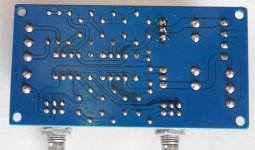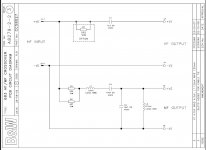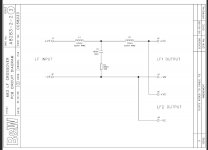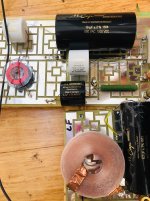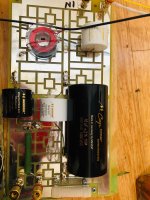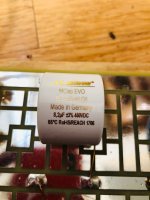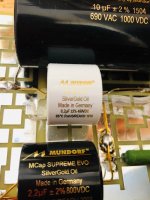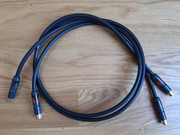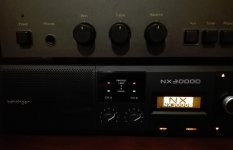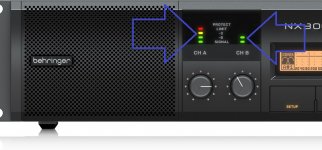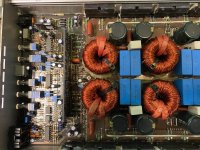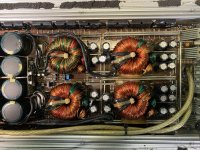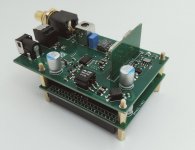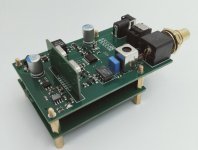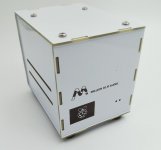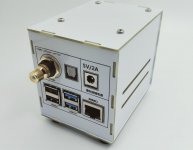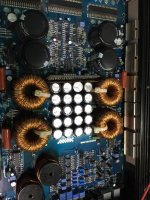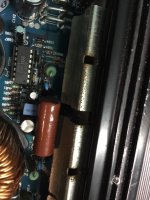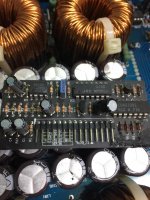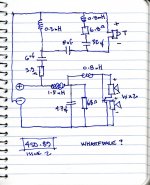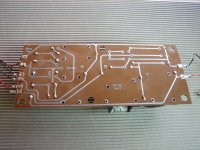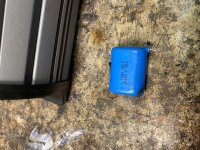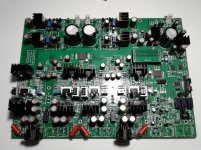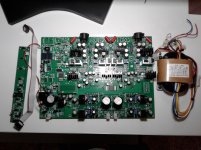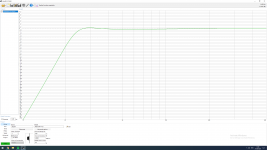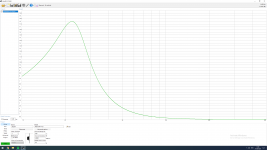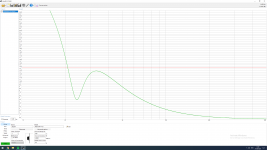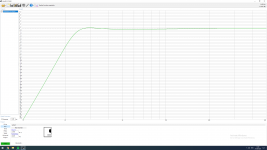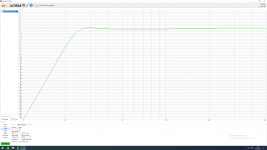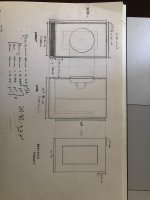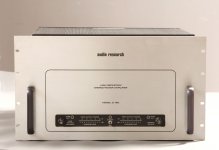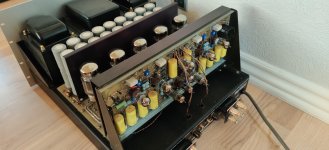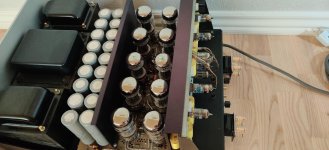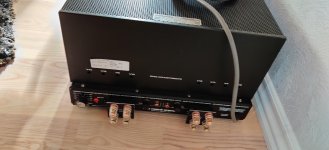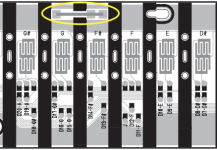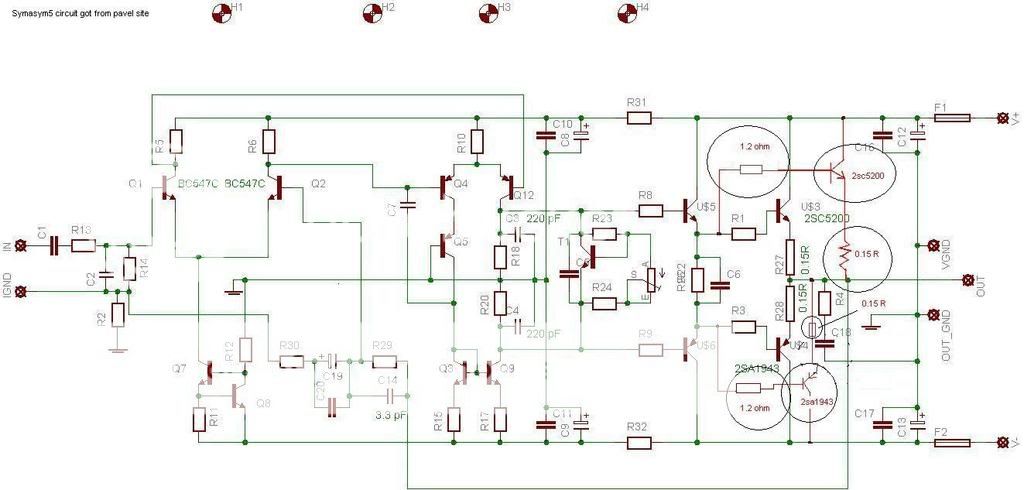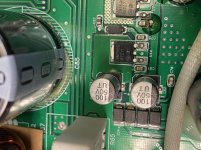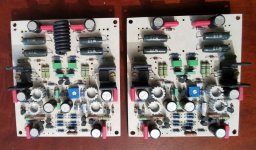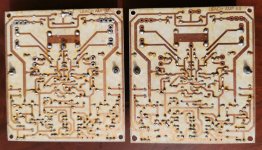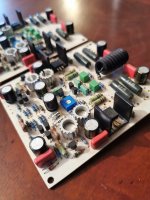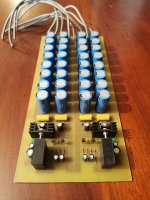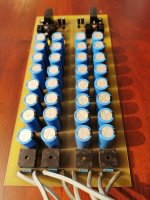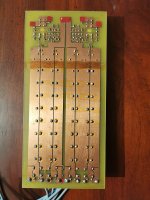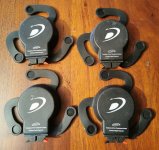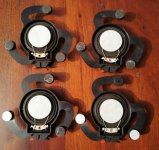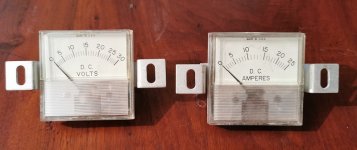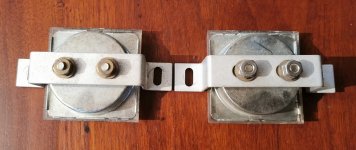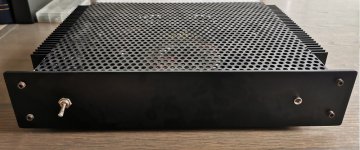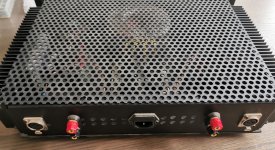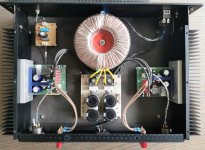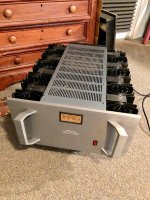Digital Recreation of a Big PA System
- PA Systems
- 104 Replies
Hi community.
I'm a composer, producer & sound-obsessed "mastering engineer".
I'm developing a particular mastering style where I'm essentially trying to recreate the sound of a big PA system, but at a digital level. Please let me explain:
So my top reference for how I want music to sound is the way I heard it through different systems in a few nightclubs mainly, but also some other speakers I've come across. I always paid attention to the characteristics of the sound and tried to make as many mental notes about it as I could. What I'm trying to do now is to recreate those characteristics as close as possible but within a digital audio workstation, that is by splitting the signal into different bands and filtering/eqing each of them as if they were a subwoofer, woofer, tweeter, etc.
Now, I understand this is something I could never truly recreate because of the simple fact that the sound wouldn't be coming out of that actual speaker. I also understand in the process I'm limited by my own listening environment, in this case KRK Rokit 8 inch studio monitors in a 3x7 metre apartment.
Still, I'm on this obsessive mission to fully design a chain of separate driver emulators and in the process somewhat recreate how it would sound (to me) through this ideal big PA system.
It's driving me insane. Not only because I don't know exactly how these ideal speaker drivers would be set up, their frequency ranges, crossovers, etc. but also because I don't know how to emulate the same filtering they have. I've researched and in some cases guessed regions in the frequency spectrum where the bands may be split, but it's the filtering which is driving me the craziest. The plugins I know and have tried alter the sound in a way I don't want. They are not truly customizable as they don't have the curves you would find in a speaker crossover but most importantly they are not truly clean, they squash the sound, they create pressure instead of liberating it, they just don't do what I want them to do basically...
So my first question to you all is if you know of a software that's designed to create speakers, with filters, ranges, crossovers, etc. but that actually processes an audio signal in the software itself, a digital rendering of what the speaker setup would be later on.
I know this may not make much sense, but it could also be a plugin that you know works in the "same" way a physical crossover in a loudspeaker would, not necessarily one specifically designed for building speakers.
The second question would be if you know of a good list with all the values: frequency ranges, crossover points, slopes, etc. for a big PA system that sounds very clean, very airy, but beautifully full and immersive. A system that blasts the sound at you but never tires your ears, that plays back the bass in your face & yet constantly breathes and feels like a soft cushiony mattress under your feet, that plays back shimmery highs that never sound strident. There's never a buildup of energy, no matter what. This is somewhat the description I can think of for this ideal system I want to recreate.
A third question: recently I came to the conclusion that in these systems I liked some parts of the frequency spectrum felt somewhat removed, especially around 200hz. It's the only way I found to create some of this breathiness I mentioned. Still, limited by the way plugins work I can't seem to find the perfect spot, and thought I'd ask if anyone has any info on this point specifically.
Well, thank you so much for reading & for whatever answers you may have. Also, please let me know if I should post this in another section 🙂
David
I'm a composer, producer & sound-obsessed "mastering engineer".
I'm developing a particular mastering style where I'm essentially trying to recreate the sound of a big PA system, but at a digital level. Please let me explain:
So my top reference for how I want music to sound is the way I heard it through different systems in a few nightclubs mainly, but also some other speakers I've come across. I always paid attention to the characteristics of the sound and tried to make as many mental notes about it as I could. What I'm trying to do now is to recreate those characteristics as close as possible but within a digital audio workstation, that is by splitting the signal into different bands and filtering/eqing each of them as if they were a subwoofer, woofer, tweeter, etc.
Now, I understand this is something I could never truly recreate because of the simple fact that the sound wouldn't be coming out of that actual speaker. I also understand in the process I'm limited by my own listening environment, in this case KRK Rokit 8 inch studio monitors in a 3x7 metre apartment.
Still, I'm on this obsessive mission to fully design a chain of separate driver emulators and in the process somewhat recreate how it would sound (to me) through this ideal big PA system.
It's driving me insane. Not only because I don't know exactly how these ideal speaker drivers would be set up, their frequency ranges, crossovers, etc. but also because I don't know how to emulate the same filtering they have. I've researched and in some cases guessed regions in the frequency spectrum where the bands may be split, but it's the filtering which is driving me the craziest. The plugins I know and have tried alter the sound in a way I don't want. They are not truly customizable as they don't have the curves you would find in a speaker crossover but most importantly they are not truly clean, they squash the sound, they create pressure instead of liberating it, they just don't do what I want them to do basically...
So my first question to you all is if you know of a software that's designed to create speakers, with filters, ranges, crossovers, etc. but that actually processes an audio signal in the software itself, a digital rendering of what the speaker setup would be later on.
I know this may not make much sense, but it could also be a plugin that you know works in the "same" way a physical crossover in a loudspeaker would, not necessarily one specifically designed for building speakers.
The second question would be if you know of a good list with all the values: frequency ranges, crossover points, slopes, etc. for a big PA system that sounds very clean, very airy, but beautifully full and immersive. A system that blasts the sound at you but never tires your ears, that plays back the bass in your face & yet constantly breathes and feels like a soft cushiony mattress under your feet, that plays back shimmery highs that never sound strident. There's never a buildup of energy, no matter what. This is somewhat the description I can think of for this ideal system I want to recreate.
A third question: recently I came to the conclusion that in these systems I liked some parts of the frequency spectrum felt somewhat removed, especially around 200hz. It's the only way I found to create some of this breathiness I mentioned. Still, limited by the way plugins work I can't seem to find the perfect spot, and thought I'd ask if anyone has any info on this point specifically.
Well, thank you so much for reading & for whatever answers you may have. Also, please let me know if I should post this in another section 🙂
David
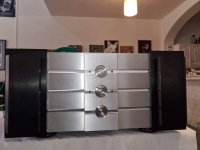

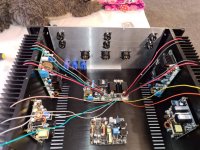
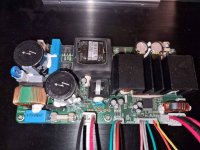
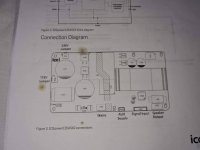
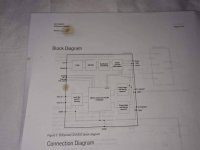
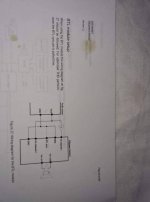
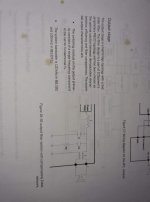
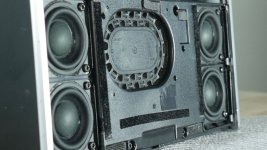
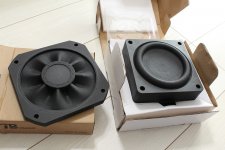
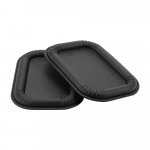
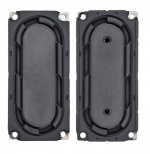
 This thread has been merged with posts from here -
This thread has been merged with posts from here - 